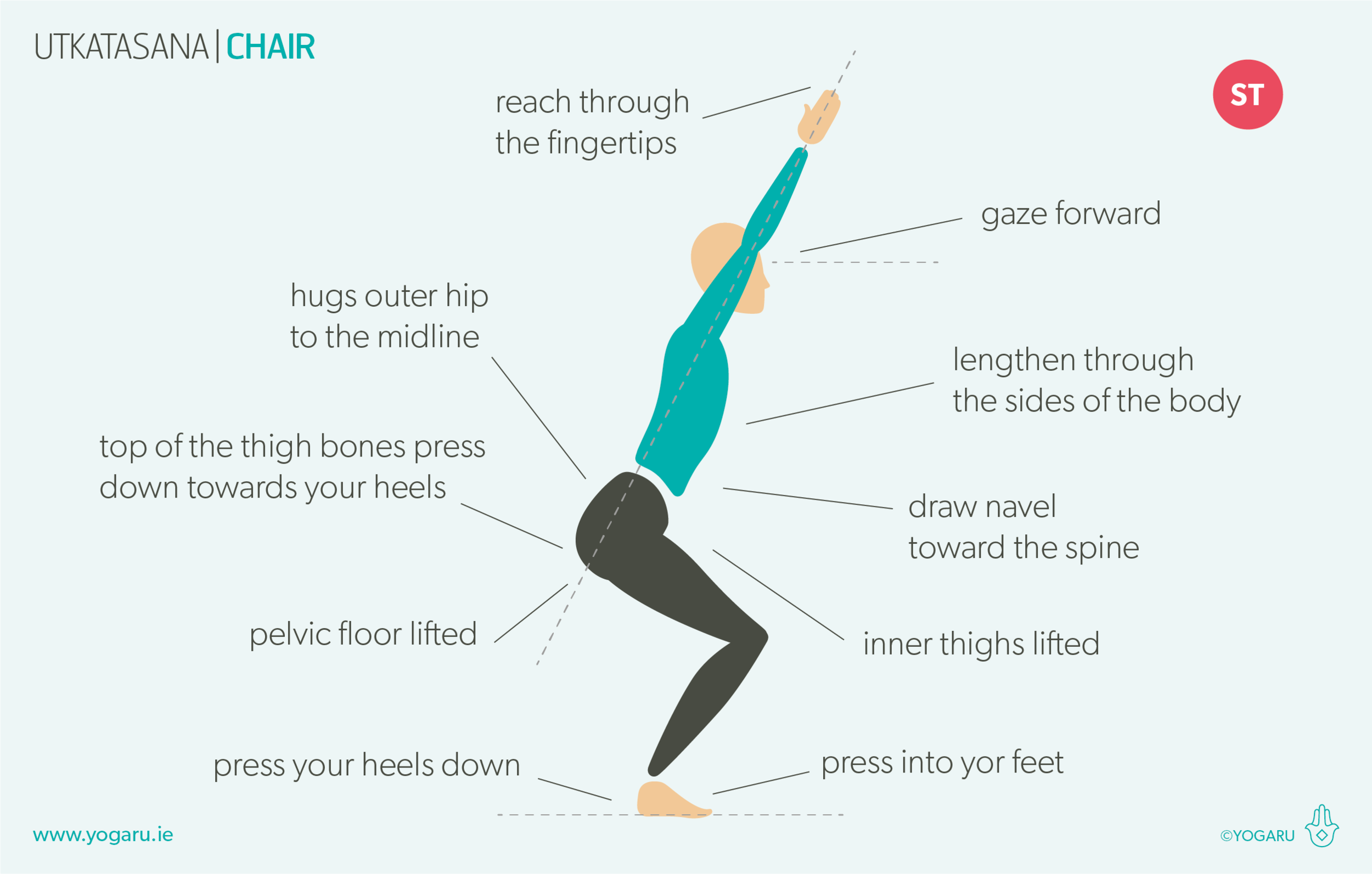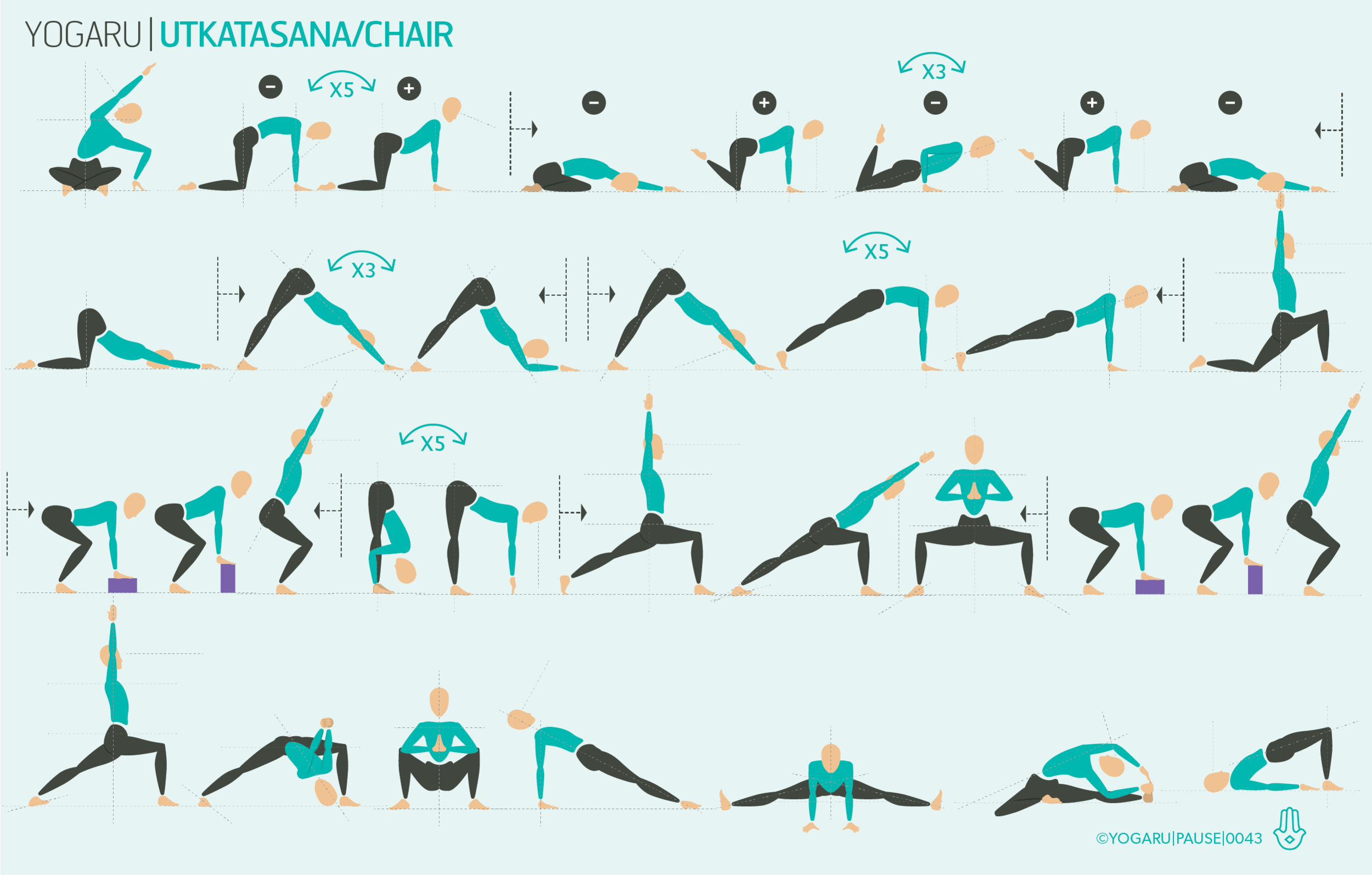SOLAR PLEXUS
You often hear of the solar plexus in relation to the Chakra System, but what is the solar plexus and where exactly is it located? After completing a five day awe inspiring June Immersion in The Yoga Room, the question raised it’s head again for me. So as part as my personal practice, on the last day of the immersion, I decided to make it my business to find out all about this enigmatic solar plexus, and how it relates to the chakra system.
The solar plexus is a complex network of radiating nerves found just below the rib cage, behind the stomach. It is also the home of the 3rd chakra of the Chakra System. The Chakra System comprises of seven energy centre, which run from the base of the spine (1st chakra) to the tip of the crown (7th chakra).
THE CHAKRAS
The 3rd chakra is the centre of your identity, drive, will power, self esteem, sense of purpose in the world and your get up and go! In an anatomical sense, it governs the well being of your digestive system, metabolism and energy production through the pancreas; and your fight or flight response through the adrenal gland. You might notice a tight feeling in this area, just below your rib cage, when you encounter a stressful situation.
FINDING BALANCE
When it is blocked and jammed with too much energy you move towards obsessive behaviour, over controlling, over reacting and often find yourself stressed. On the other end of the spectrum, if it is blocked and lacking in energy you will notice a lack of self esteem, the feeling of powerlessness, excessive self judgement, and find it hard to connect with your sense of purpose in life. When the 3rd chakra is in balance you will be proactive, organised and have a clear vision of your unique contribution. It governs your ability to move forward in life and make informed decisions.
EXPLORING MANIPURA IN YOUR PRACTICE
Through core awareness, twist, and gentle backbends in our yoga practice we can build heat and generate energy in this area – stimulating the organs, glands and nerve endings, and balancing the energy of the 3rd chakra.
Try the above sequence, paying particular attention to this solar plexus region. Start your practice lying on your back and placing your hands between your lower ribs and your naval. Breath into this area and feel the rise and fall of the breath in the belly. Start to tip your pelvis forward and back with your breath. Notice how the space between the pointy hip bones and the bottom rib stretches as the pelvis tilts forward (anterior tilt), and contracts as the pelvis tilts back (posterior tilt). Check in with your solar plexus region throughout your practice and feel into the heat and energy move through the area.
To save the images for personal use click and hold down the image until the ‘save image’ option appears; on Mac hold down ‘control’ and click the image to get the option box; on PC right click on the image to get the option box. Scroll down in the ‘option box’ and click ‘save image’.
Ruth Delahunty Yogaru






